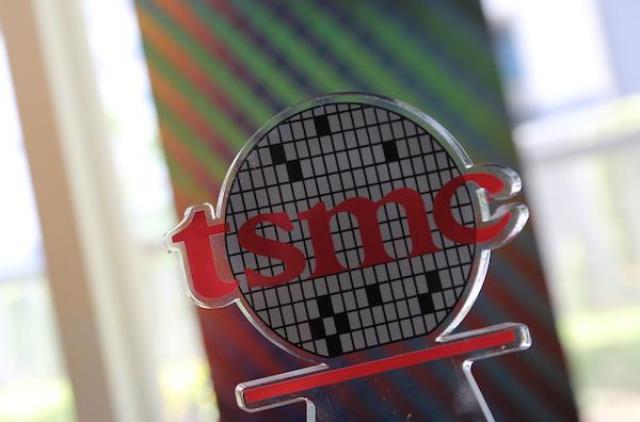Taiwan Semiconductor Manufacturing Co (TSMC) said revenue climbed 36 percent to $20.23 billion for the July-September quarter, versus TSMC’s prior estimated range of $19.8 billion to $20.6 billion.

TSMC, one of the leaders in the global semiconductor industry, is the world’s largest contract chipmaker and a major Apple supplier.
TSMC’s net profit for the third quarter surged 80 percent to T$280.9 billion ($8.81 billion). This is its strongest growth in two years, boosted by strong sales of its advanced chips used in data centers and electric cars.
TSMC’s business has swelled thanks to a chip shortage that was sparked by pandemic-fuelled sales of smartphones and laptops. While the shortage has eased and companies including AMD and Micron Technology have warned of weakening demand, analysts say TSMC’s dominance in making some of the world’s most advanced chips has kept its order book full.
TSMC has said it has seen little impact from the current down cycle in the chip sector and expected its capacity to remain tight because long-term demand for TSMC’s chips was firmly in place.
TSMC has clients including chip majors such as Qualcomm. TSMC has said its business would continue to be boosted by a mega-trend in the industry, brought about by demand for high-performance computing chips for 5G networks and data centers, as well as increased use of chips in gadgets and vehicles.
TSMC said shipments of 5-nanometer accounted for 28 percent of total wafer revenue; 7-nanometer accounted for 26 percent. Advanced technologies, defined as 7-nanometer and more advanced technologies, accounted for 54 percent of total wafer revenue in the third quarter.
“Our third quarter business was supported by demand for our industry-leading 5nm technologies,” said Wendell Huang, VP and Chief Financial Officer of TSMC.
TSMC is expecting revenue of between $19.9 billion and $20.7 billion during the fourth quarter of 2022. “Moving into fourth quarter 2022, we expect our business to be flattish, as the end market demand weakens, and customers’ ongoing inventory adjustment is balanced by continued ramp-up for our industry-leading 5nm technologies.” Wendell Huang said.





